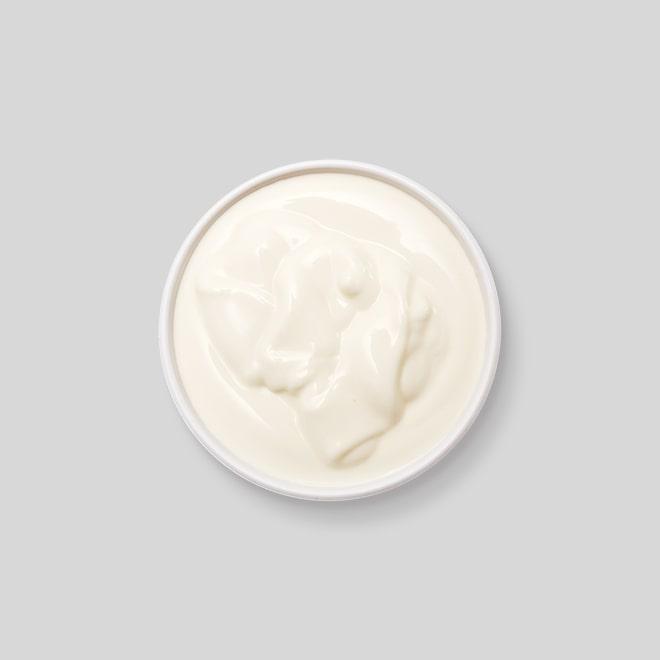Sour Cream




Named after its sour flavor and fermenting process, sour cream is versatile in the food world. Sour cream can be traced back to Russia, where they copied the Mongols’ practice of adding bacteria to mare’s milk to thicken it. Today, we use sour cream as a dip, topping, or a baking ingredient.
Store sour cream in a refrigerator, avoid freezing it because it separates when thawed.
You can keep sour cream up to one week after the date printed on the package. But if any mold or discoloration forms, throw it away!
Try sour cream instead of mayo on sandwiches for a tangy twist.
You can actually use sour cream as an ingredient in ice cream, just replace some of the cream!
Sour cream’s fermentation process is cleverly called “souring.” Souring is accomplished by adding lactic acid-producing bacteria to cream.
Sour cream is used as a thickener, but when using for soup or hot sauces be careful; it curdles at high temperatures. Kill the heat first, then stir in the sour cream or add it during a very low simmer.
Liquid separation in sour cream is normal. You can either pour off the liquid or stir it back in.
Sour cream is a great secret ingredient to baked goods like doughnuts and scones.
Dairy has a high amount of naturally occurring cholesterol, and it’s not bad for you! It helps in cell formation and hormone production.
The body does not produce or store riboflavin (Vitamin B2), you get the amount you need from the riboflavin rich food, such as sour cream.
The Vitamin A in sour cream is an eyesight-enhancing antioxidant. It helps strengthen connective tissue and gives you healthy skin.
Corrections or improvements? Email us at
content@sidechef.com